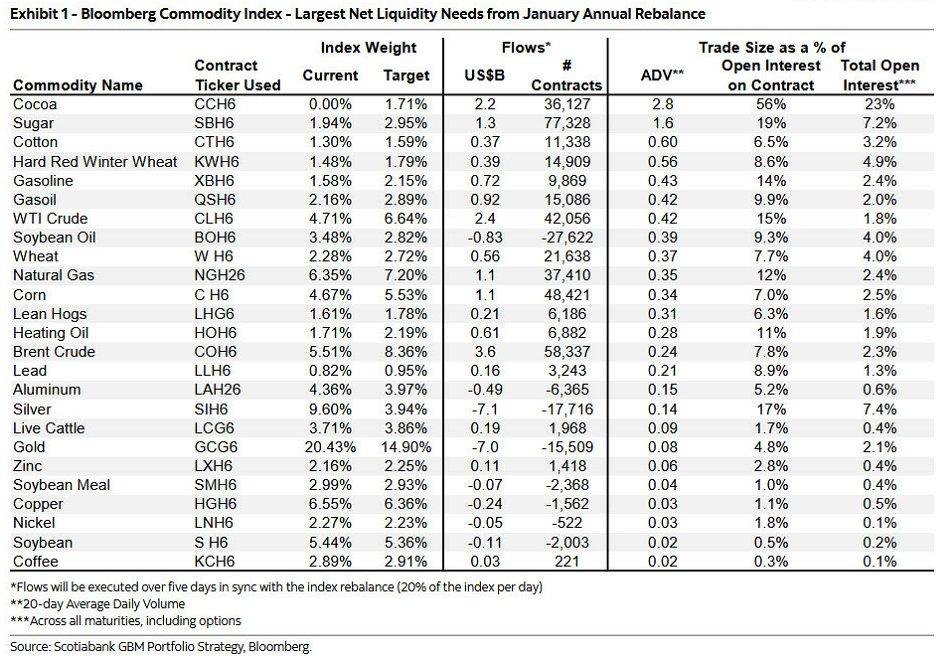In 50 years since the Watergate scandal—famously resulting in President Richard Nixon’s resignation—there has been a flood of “post-Watergate morality,” in which Congress pushed through a number of “reforms” designed to curb government abuses. The Nixon Administration exerted great effort to conceal its organization of the break-in, as Nixon and his aides authorized a plan instructing the Central Intelligence Agency (CIA) to interfere with the Federal Bureau of Investigation (FBI) Watergate investigation. Their actions were an abuse of presidential power and a deliberate obstruction of justice.
A newspaper article published after Nixon’s resignation detailed the CIA Watergate cover-up, sourced from the Watergate prosecutor’s office, the FBI, and CIA staff. The Watergate investigation obstruction of justice began in the White House when it was revealed some of the five Watergate burglars had a CIA background. “This gave the White House conspirators an idea. They might be able to use the CIA to cover up their own connection with the crime,” using CIA resources.
Members of Congress claimed Watergate evils came from the misuse of presidential power, including use of the spy agency for unauthorized citizen surveillance from the White House. One solution to limit increased unauthorized surveillance of US citizens was to enact a law to limit the president and federal personnel from authorizing surveillance of US citizens. This response led naturally to expanded centralized surveillance power which was the opposite of their stated intention.
Beginning on January 27, 1975, a special 11-member Congressional investigative body looked into abuses of power by the nation’s intelligence agencies. Chaired by Idaho Democratic Senator Frank Church, the Church committee called more than 800 witnesses over nine months, including several former officials from the FBI and CIA.
The Church Committee findings resulted in Congress creating permanent intelligence oversight committees in the Senate and House. They proposed creation of the Foreign Intelligence Surveillance Act (FISA). The bipartisan bill passed the House 246-128 and the Senate 95-1, and was signed into law by President Jimmy Carter on October 25, 1978. The FISA was designed to prevent secret surveillance by the president and others in the federal government after Watergate. History shows how federal government surveillance grew over time when governing personnel were granted a new power by law.
The act created the Foreign Intelligence Surveillance Court (FISC) as a tribunal tasked with reviewing requests from federal law enforcement and intelligence agencies like the FBI and National Security Agency (NSA) who sought permission to begin wiretap surveillance on any “foreign power or an agent of a foreign power” within the US The FISC was comprised of seven federal district court judges (expanded to 11 judges in 2001). Each one is appointed by the Chief Justice of the Supreme Court of the United States and each judge serves staggered, non-renewable terms of seven years.
Details of warrant requests are not publicly disclosed, except the number of approved or denied requests. More than 34,000 requests were made and only a dozen rejected (although the government has withdrawn some requests) as of 2013. The FISC faces criticism by many, including civil liberty advocates, who see it as a rubber stamp of government surveillance requests. After the September 11, 2001, terror attacks the newly-signed USA Patriot Act expanded FISA surveillance orders duration, allowed authorities to share information placed before a grand jury with other federal agencies, and permitted authorities to gather foreign intelligence information on US citizens and non-citizens.
Federal surveillance powers expanded through the 2007 Protect America Act, passed after revelations of widespread warrantless wiretapping during the George W. Bush administration. The 2007 law amended FISA by removing warrant requirements for federal surveillance of foreign intelligence targets outside the US and anyone in the US (including US citizens) that communicated with them. The 2007 law granted immunity to telecommunications companies who provided access to data to federal law enforcement agencies without a federal search warrant.
Surveillance powers metastasized by the 2015 USA Freedom Act, passed after the scandal of NSA whistleblower Edward Snowden, that aimed to end the NSA’s bulk collection of US telephone records and provide greater transparency in the FISA court system operations.
What started out after Watergate to prevent secret unauthorized surveillance of US citizens by the president and others in the federal government resulted with an abundance of secret and warrantless surveillance of US citizens and non-US citizens by the federal government. The executive branch surveillance power has grown in the past fifty years through use of the FISA courts. One lesson of supposed “reform” in Washington was really more centralization and expansion of federal surveillance power.
Full story here Are you the author? Previous post See more for Next postTags: Featured,newsletter

























